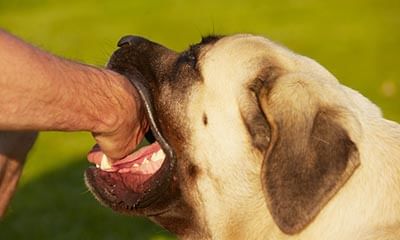First Aid Snake Bites
In my gated community Cobra, Viper and Ptyas mucosa are present. We are seeing one snake every 15 days. If at all snake ...
Ask Free Question
Hi. It is bit a long topic. I am saying the first aid for snake bite. Tie the area above the bite site. It should not be too tight or too loose. Rush to government hospital. Do not suck the blood from bite site. Snack bite can be treatable easily. Reach hospital as soon as possible within 1 hr.
Snake bite her while sleeping at night 12 am onwards, she did not realize at that moment and did not inform us, when she ...
Ask Free Question
Venomous snake bites can produce an array of symptoms, including localized pain and swelling, convulsions, nausea, and even paralysis. First aid steps you can take after a snake bite occurs include cleaning the wound, remaining calm, and immobilizing the affected area.
Doctor please send me details about first aid for snake bite. And which injection I should keep with me for emergency fo ...
Ask Free Question
Please Tie tourniquet at just above the bite mark to reduce absorption Please shed some blood from bite mark by taking very small and superficial cuts over bite mark Keep anti snake venom always with you Please do sensitivity test before taking it Keep Inj hydrocortisone Inj Avil. Best of luck.
What medicine can we have for snake bite in our home, for using after sudden bite or any natural remedies available? ...
Ask Free Question
No home remedy for snake bite .Do first aid and take to hospital . The aim of first aid is to retard the systemic absorption of venom and prevent life-threatening complications by prompt transport to a medical facility. First aid can be performed by victim himself/herself or by any person who happens to be nearby. Traditionally, first aid included making local incisions or “tattooing” at the site of the bite, attempts at suctioning venom out of the wound, use of tight bands (tourniquets) around the limb, and/or local application of ice packs. None of the traditional remedies have any proven medical benefit. They should be discouraged as they do more harm than good and delay transport to a medical facility. Incision, suction, electric shocks, cryotherapy, or washing the wound are contraindicated as any interference with the wound introduces infection, increases bleeding from the site, and hastens absorption of the venom. The current guidelines for first aid include the following: 1. Reassure the victim (70% of all snakebites are by nonvenomous snakes and 50% of bites by venomous species are dry bites 2. Immobilize the affected limb (by bandage or clothes to hold splint, but tight arterial compression is not recommended) 3. Promptly transfer of victim to hospital
If any person walking on a path suddenly snake bite that person so what we have to do? ...
Ask Free Question
Tie a knot above the bite and rest without panic and get help to reach hospital .The aim of first aid is to retard the systemic absorption of venom and prevent life-threatening complications by prompt transport to a medical facility. First aid can be performed by victim himself/herself or by any person who happens to be nearby. Traditionally, first aid included making local incisions or “tattooing” at the site of the bite, attempts at suctioning venom out of the wound, use of tight bands (tourniquets) around the limb, and/or local application of ice packs. None of the traditional remedies have any proven medical benefit. They should be discouraged as they do more harm than good and delay transport to a medical facility. Incision, suction, electric shocks, cryotherapy, or washing the wound are contraindicated as any interference with the wound introduces infection, increases bleeding from the site, and hastens absorption of the venom. The current guidelines for first aid include the following: 1. Reassure the victim (70% of all snakebites are by nonvenomous snakes and 50% of bites by venomous species are dry bites[19]) 2. Immobilize the affected limb (by bandage or clothes to hold splint, but tight arterial compression is not recommended) 3. Promptly transfer of victim to hospital

